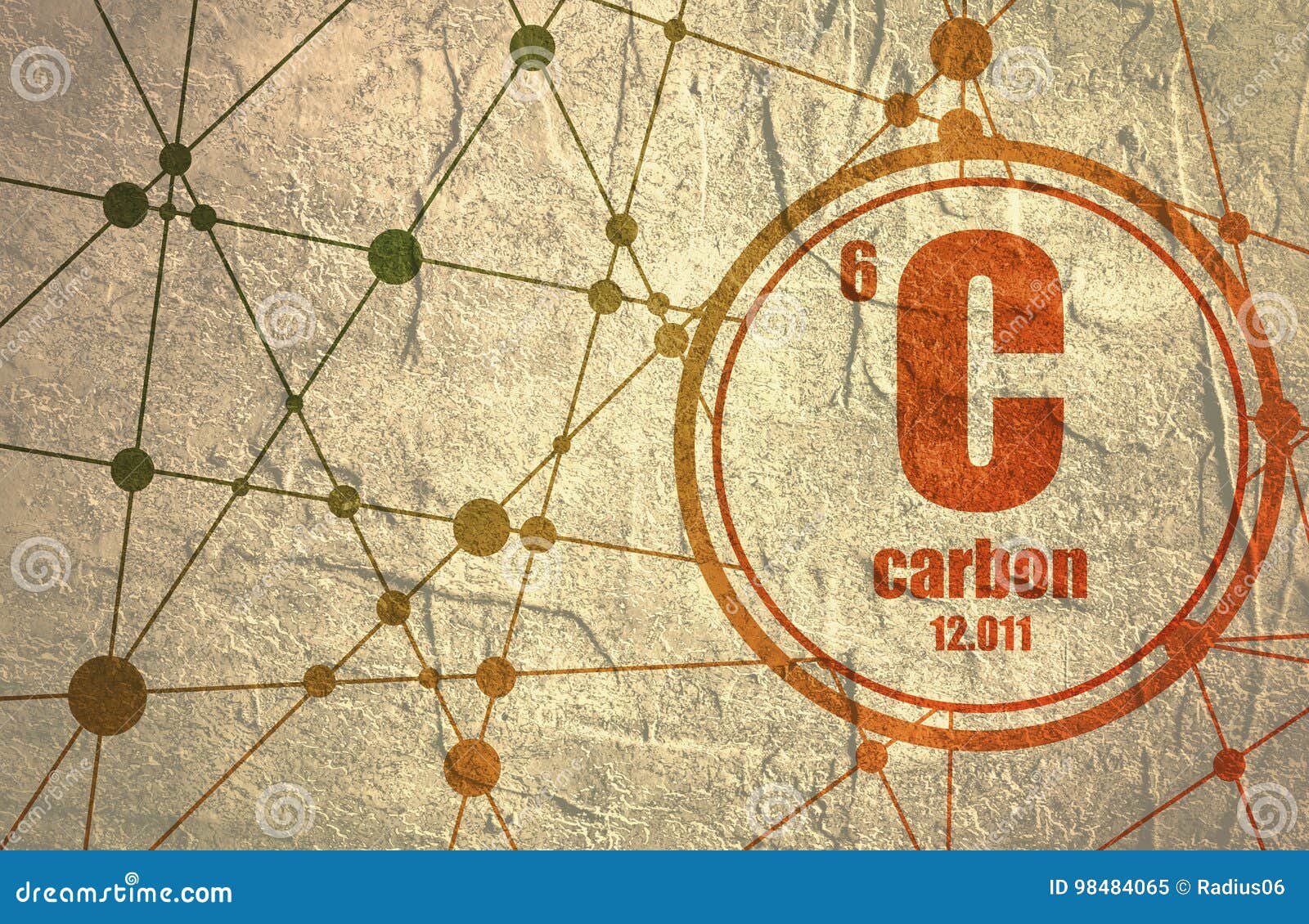- Atomic Number For Calcium Carbonate
- Atomic Mass Number For Carbon
- Atomic Number For Carbon Dioxide
- Atomic Number For Carbon-12
- Atomic Number For Carbon 13
What is the atomic number of carbon-14?
Atomic Number of Carbon Carbon is a chemical element with atomic number 6 which means there are 6 protons and 6 electrons in the atomic structure. The chemical symbol for Carbon is C. The atom consist of a small but massive nucleus surrounded by a cloud of rapidly moving electrons. Carbon is a chemical element with symbol C and atomic number 6. Classified as a nonmetal, Carbon is a solid at room temperature. First: Carbon (not carobon) dioxide is a compound, CO2, thus a molecule, not an atom.Second: Its molecular mass (not atomic mass number) is the sum of the atomic mass of carbon (C), which is 12.01.
2 Answers

Explanation:
The atomic number is the number of protons, massive, positively charged nuclear particles, present in the nucleus of an atom.
Of course we gots the ISOTOPE,
Atomic Number For Calcium Carbonate
Explanation:
The bottom number of the atom is the atomic number which is based on the number of protons. Foreskins lament.

The 14 is the total mass of the atom. Carbon 14 has 6 protons and 8 neutrons for a total mass of 14
Atomic Mass Number For Carbon
Related questions
Atomic Number For Carbon Dioxide
In the modern periodic table, the elements are listed in order of increasing atomic number. The atomic number is the number of protons in the nucleus of an atom. The number of protons define the identity of an element (i.e., an element with 6 protons is a carbon atom, no matter how many neutrons may be present). The number of protons determines how many electrons surround the nucleus, and it is the arrangement of these electrons that determines most of the chemical behavior of an element.

Atomic Number For Carbon-12
In a periodic table arranged in order of increasing atomic number, elements having similar chemical properties naturally line up in the same column (group). Download cecomil driver. For instance, all of the elements in Group 1A are relatively soft metals, react violently with water, and form 1+ charges; all of the elements in Group 8A are unreactive, monatomic gases at room temperature, etc. In other words, there is a periodic repetition of the properties of the chemical elements with increasing mass.
Atomic Number For Carbon 13
In the original periodic table published by Dimitri Mendeleev in 1869, the elements were arranged according to increasing atomic mass— at that time, the nucleus had not yet been discovered, and there was no understanding at all of the interior structure of the atom, so atomic mass was the only guide to use. Once the structure of the nucleus was understood, it became clear that it was the atomic number that governed the properties of the elements.
